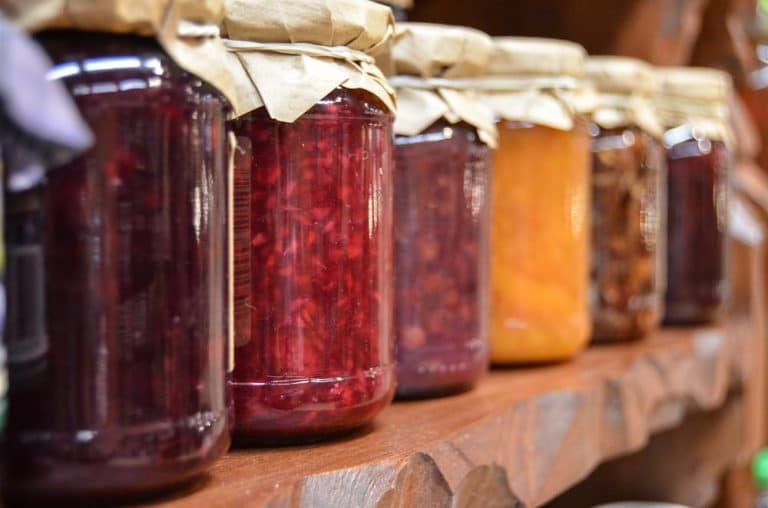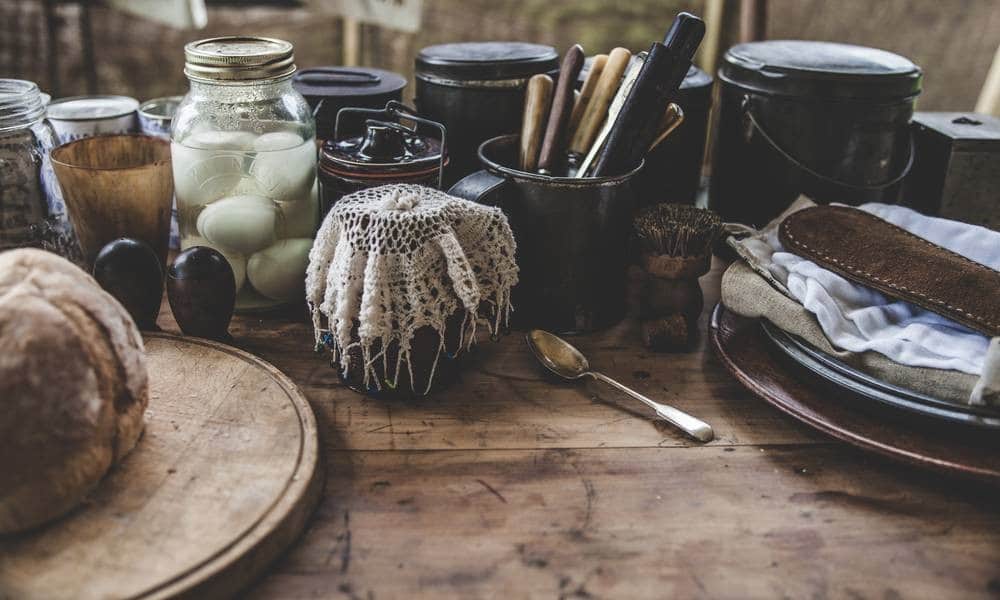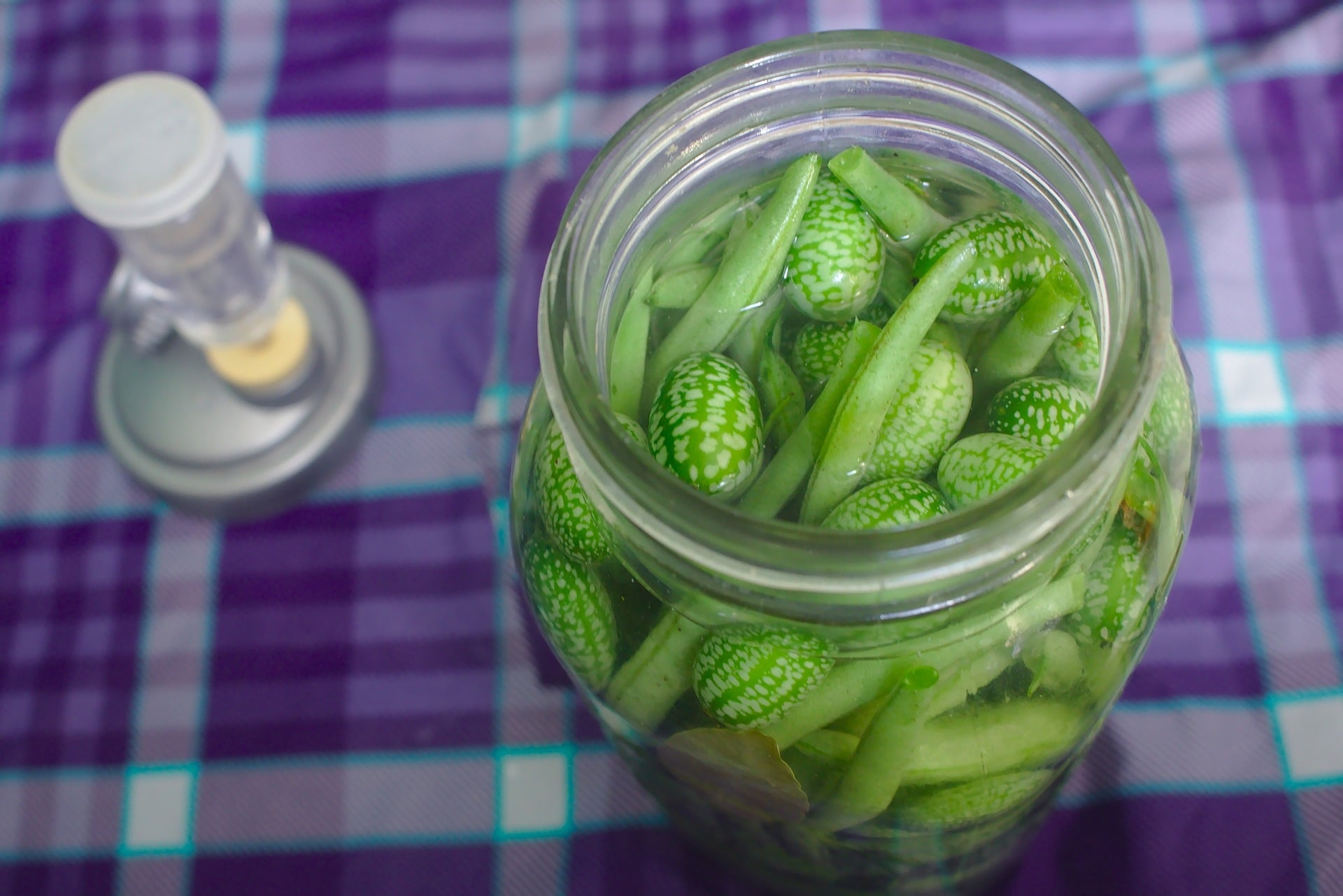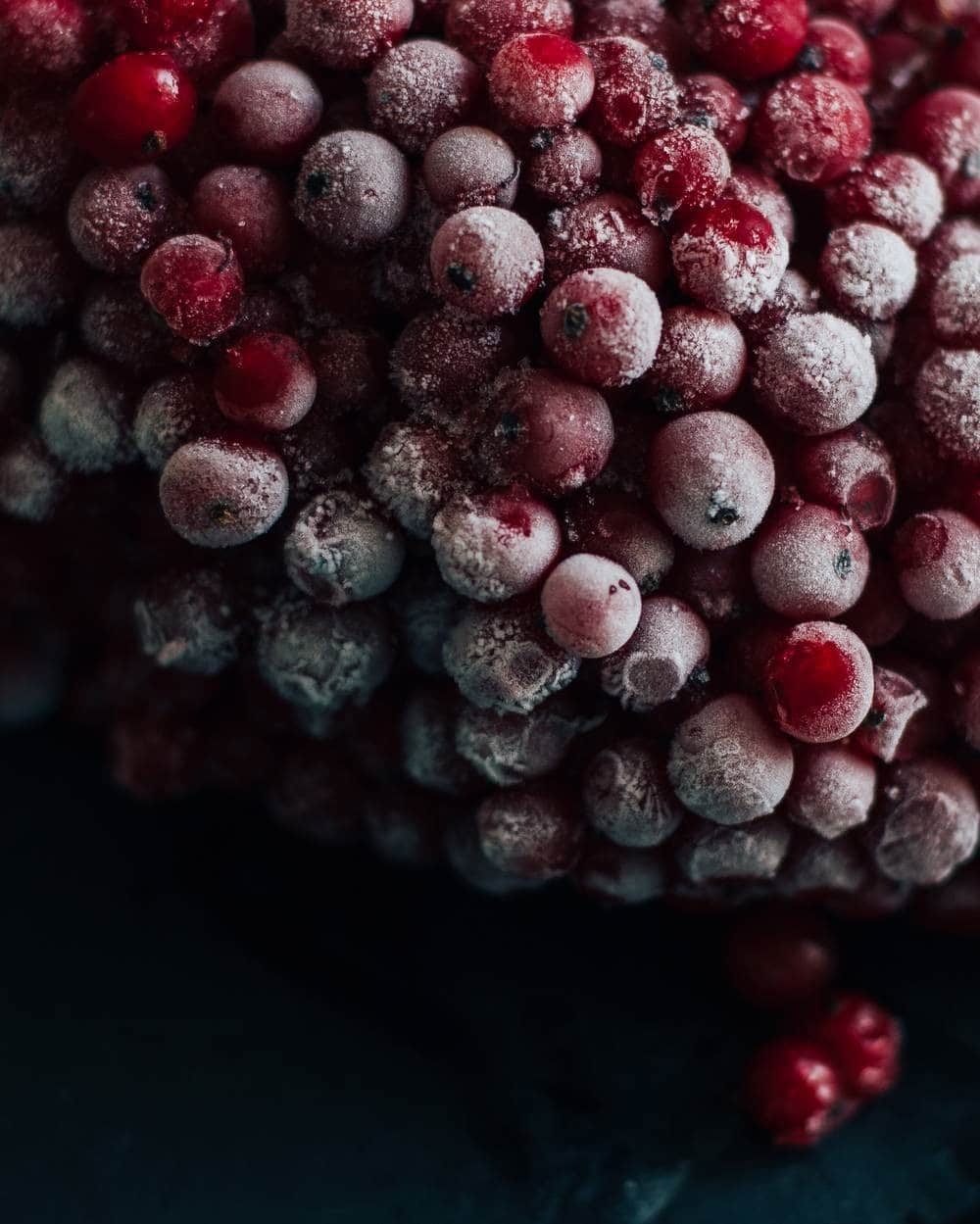
Pickling, freezing, canning. How to make your produce last longer?
Pickling
For example Pickled eggs
Ingredients
Beet Pickled Eggs
- 9-10 hard-boiled eggs, peeled
- 1 cup white vinegar
- 1 cup beet juice (or beet cooking water)
- 1/2 small onion
- 2 Tbsp. sugar
- 2 Tbsp. salt
- 6-8 cloves
- 4-5 allspice berries
- 1 cinnamon stick

Bread And Butter Pickled Eggs
- 9-10 hard-boiled eggs, peeled
- 2 cups white vinegar
- 1/2 small onion, sliced
- 3-4 garlic cloves
- 2 Tbsp. salt
- 1/2 cup sugar
- 1 tsp mustard seeds
- 1 tsp celery seed
- 1 tsp ground turmeric
Instructions
- Place peeled, hard-boiled eggs into a quart wide mouth mason jar (or use a half recipe for pint jars).
- Place liquids (water/vinegar, etc) into a small saucepan and add sugar and salt. Gently heat until dissolved, then remove from heat.
- Add spices and sliced veggies (onions/garlic/etc) directly into the jars.
- Pour the hot brine over the eggs and spices, leaving as little headspace as possible (around 1/4 inch).
- Seal jars with lids and allow them to cool slightly before storing them in the refrigerator.
- Allow the eggs to pickle for at least 24 hours before eating, preferably around 1-2 weeks for better flavors.
- Pickled eggs should last 3-4 months in the refrigerator.
ADVERTISMENT
[wps_frame style=”style-2″ align=”center” color=”#333333″ background=”#f2f2f2″ border=”3px solid #bababa”]

Get your own Lacto Pickle Kit
The easiest way to make lacto-fermented pickles at home. Your favorite kinds of pickles—from deli-style full sours and half sours, to classic dills and fiery hot pickles—all get their signature snappy crunch and tart pucker not from vinegar, but from fermentation. Specifically lacto-fermentation.
[/wps_frame]
Freezing
For example: freezing fresh fruit
https://www.thekitchn.com/how-to-freeze-fresh-summer-fruit-cooking-lessons-from-the-kitchn-193051

Instructions
- Wash and dry the fruit: Rinse the fruit under cool running water, using a bit of fruit wash if you prefer. Lay the fruit on a single layer on a clean dish towel and allow it to dry. The fruit needs to be completely dry before freezing or the fruit will quickly develop freezer burn.
- In general, prepare the fruit the way you expect to be using it. Blueberries, Raspberries, and other Berries: Berries can be left whole
- Arrange the fruit on a baking sheet: Line a baking sheet with parchment, then arrange the fruit in a single layer on top. It’s ok if the fruits are touching slightly, but avoid layering or overlapping the fruits. This allows the fruits to freeze individually, making them easier to store and, eventually, use.
- Freeze until the fruits are solid: Clear some space in your freezer and slide the tray of fruit inside. Freeze until the fruits are solid, about 4 hours. You can leave the fruits overnight, but be sure to package them within a day or two or they will start to develop freezer burn.
- Label the freezer containers: When ready to pack the fruit, label your freezer bags or other containers with the name of the fruit and the amount. This makes it easier to find the fruit you want (and identify similar-looking fruits!) and pull out the specific quantity that you need.
- Pack the fruits into freezer containers: Once the fruits have frozen solid, pack them into freezer containers. Lift the edges of the parchment to dislodge sticky fruits and use a spatula to transfer the fruits to the freezer container. Avoid touching the fruit as it will start to thaw quickly. Seal tightly, pressing out as much air as possible, and return the fruit to the freezer.
- Freeze fruit for up to 3 months: Fruits will keep for several months — at least 3 months and sometimes longer — before starting to develop ice crystals and freezer burn. There is usually no need to thaw the fruit before using it.
Canning
For example, canning peas
https://nchfp.uga.edu/how/can_04/peas_green_shelled.html

Ingredients
- Peas (fresh, washed, and shelled)
- Canning kit including water bath container, lifting tray and canning jars)
- Salt (optional add 1 teaspoon per quart of water to the jar)
- Water
Instructions
- Method one: Hot pack – Cover with boiling water. Bring to a boil in a saucepan, and boil for 2 minutes. Fill jars loosely with hot peas, and add cooking liquid, leaving 1-inch headspace. Continue to step 3.
- Method two: Raw pack – Fill jars with raw peas, add boiling water, leaving 1-inch headspace. Do not shake or press down peas. Continue to step 3.
- Allow jars to process in the canner for about 40 minutes or until the jars are sealed.